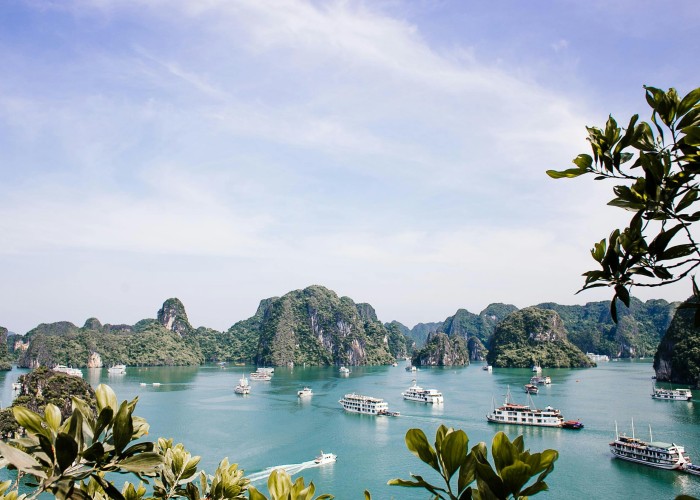Nestled in the Swiss Alps, Zermatt is one of the world’s most iconic mountain villages. Towering above it is the Matterhorn, a pyramid-shaped peak that has become a global symbol of alpine beauty. The region offers breathtaking photography opportunities—snow-capped glaciers, mirror-like alpine lakes, golden sunrise light, and sweeping panoramic views. Photography Tours in Zermatt/Matterhorn Region.
Photography tours in Zermatt are not just about sightseeing; they are specialist treks designed to capture alpine light, reflections in lakes such as Stellisee, and the unique play of shadows on glaciers. Whether you are an amateur with a DSLR or an advanced landscape photographer, the Matterhorn region offers unmatched settings to refine your skills and create timeless images.
Best Time to Visit for Photography
Timing is everything when it comes to alpine photography.
- Summer (June – September): Perfect for trekking, wildflowers, glacier photography, and clear reflections in mountain lakes.
- Autumn (October – November): Rich golden forests and crisp light, fewer crowds, and dramatic contrasts between snow peaks and autumn valleys.
- Winter (December – March): Snowy landscapes, ski village shots, and early morning light on the Matterhorn.
- Spring (April – May): Melting snow, blooming meadows, and changing light conditions for unique compositions.
The golden hours—just after sunrise and before sunset—are the most rewarding times to capture the Matterhorn and surrounding glaciers.
How to Reach Zermatt and the Matterhorn Region
Zermatt is a car-free village, ensuring clear skies and fresh alpine air—ideal for photography.
- By Train: The most common route is via the scenic Glacier Express or regional trains from Geneva, Zurich, or Bern. Trains connect directly to Zermatt.
- By Road: Cars are not permitted in Zermatt. Visitors park in Täsch (5 km away) and take a shuttle train or taxi.
- By Air: The nearest airports are Zurich, Geneva, and Milan. From there, train connections bring travelers to Zermatt.
Once in Zermatt, cable cars, funiculars, and hiking trails lead to prime photography spots like Gornergrat, Sunnegga, and Schwarzsee.
Entry Fees and Permits
Zermatt itself does not require entry permits. However:
- Cable car and mountain railway tickets: Prices vary depending on the destination (subject to change).
- Photography tours or guided treks: Specialist tours may have additional fees depending on duration and itinerary.
- Hiking permits: Most trails are free, but glacier treks often require a guide and safety gear.
It is always best to confirm updated fees on arrival, as prices may change with seasons.
Food Availability and Meal Options
During photography tours and treks, food availability depends on the route:
- In Zermatt Village: Wide range of restaurants, bakeries, and alpine cafés offering Swiss and international cuisine.
- On Mountain Trails: Mountain huts and alpine lodges serve hearty meals like cheese fondue, rösti, or soups.
- Packed Lunches: Many tours suggest carrying snacks, energy bars, or packed meals, especially when heading to remote glacier viewpoints.
Packing List and Essentials
To make the most of a photography trek in Zermatt, prepare well:
- Camera Gear: DSLR or mirrorless camera, wide-angle and telephoto lenses, tripod, polarizing filter, extra batteries, and memory cards.
- Clothing: Layered clothing, waterproof jacket, gloves, hiking boots, and sunglasses.
- Other Essentials: Reusable water bottle, sunscreen, headlamp, map or GPS, and lightweight snacks. Photography Tours in Zermatt/Matterhorn Region.
Safety Tips and Local Regulations
The Alps are stunning but demand respect:
- Always check the weather forecast before trekking.
- Stay on marked trails to avoid glacier crevasses or unstable paths.
- Carry enough water and energy food for long treks.
- Respect nature—do not litter and avoid disturbing wildlife.
- Follow local rules on drone usage, as certain areas may restrict aerial photography.
Tips for Beginners or First-Time Visitors
- Start with short trails such as the Five Lakes Walk (5-Seenweg), which offers perfect reflections of the Matterhorn.
- Use the Gornergrat Railway to reach panoramic viewpoints without long hikes.
- Experiment with light—sunrise and sunset produce different moods in the same location.
- Take time to enjoy the scenery instead of only focusing on the camera.
Local Customs and Cultural Etiquette
While Zermatt is highly international, Swiss traditions remain strong:
- Greetings are polite—use a friendly “Grüezi” or “Bonjour” depending on the region.
- Tipping is appreciated but not obligatory, as service charges are often included.
- Respect quiet hours in villages and mountain lodges.
- Dress warmly and modestly in alpine huts, especially in shared spaces.
Frequently Asked Questions
Q1: How long does a typical photography tour last?
Most tours range from half-day sessions to multi-day treks depending on the route.
Q2: What is the difficulty level of these treks?
Easy to moderate trails are available. Glacier photography may require technical trekking with a guide.
Q3: At what altitude is Zermatt located?
Zermatt village sits at around 1,600 meters, while viewpoints like Gornergrat reach above 3,000 meters.
Q4: Are restrooms available on the trails?
Yes, in mountain huts and cable car stations, but not on remote trails. Photography Tours in Zermatt/Matterhorn Region.
Q5: Do I need professional photography skills?
Not at all. Many tours welcome beginners and provide guidance on using cameras effectively in alpine conditions.
Q6: Can I use drones in Zermatt?
Drone use is restricted in some areas due to safety and privacy concerns. Always check local rules before flying.
Q7: Is Zermatt suitable for solo travelers?
Yes, it is safe and well-connected. Solo travelers often join group tours for shared experiences.
Final Thoughts
Photography tours in the Zermatt and Matterhorn region are a chance to combine adventure, culture, and creativity. The unique alpine light, glacial landscapes, and mountain reflections create some of the most memorable shots a photographer can capture. Whether you are hiking for a day or trekking for a week, the Matterhorn will leave an indelible mark on your photography journey. Photography Tours in Zermatt/Matterhorn Region.






Leave a Reply